The Barlow’s Syndrome Market exhibits a unique dynamic characterized by a blend of innovation, research, and competitive strategies. With increasing awareness around cardiovascular diseases and their complications, companies have been striving to develop effective treatments for Barlow's Syndrome, which involves mitral valve prolapse and potential complications.
The market landscape is highly fragmented, with various biotech and pharmaceutical companies actively engaged in the research and development of therapeutic options. Understanding the competitive landscape requires an analysis of key players, their product portfolios, strategic partnerships, market reach, and the overall performance of their research initiatives aimed at addressing this cardiac condition.
As the market evolves, companies are keen on leveraging advancements in technology and clinical trials to emerge as leaders in the therapeutic space for Barlow's Syndrome.
Merck & Co. holds a notable position within the Barlow’s Syndrome Market due to its extensive research capabilities and commitment to developing innovative therapies. The company’s strengths lie in its robust pipeline and established reputation in the cardiovascular space, providing healthcare professionals with consistent, high-quality treatment options.
Merck & Co. pursues a patient-centric approach, striving to address unmet medical needs in Barlow's Syndrome through effective marketing and educational initiatives. The company’s established global presence enables it to access various markets efficiently while maintaining strategic relationships with healthcare systems and providers.
This positions Merck & Co. as a formidable competitor, as it capitalizes on its strengths in research, product development, and market engagement to make a significant impact in the realm of Barlow's Syndrome.
Vertex Pharmaceuticals is another key player in the Barlow’s Syndrome Market, focusing on developing innovative treatments aimed at managing the complexities associated with this condition. The company has built a strong reputation for its commitment to research and is known for its dedication to improving patient outcomes through advanced therapeutic solutions.
Vertex Pharmaceuticals has a range of key products and services tailored to address Barlow's Syndrome, highlighting its emphasis on scientific research and development. The company's strengths include a talented workforce specializing in drug discovery, coupled with a robust portfolio of clinical trials assessing various treatment modalities.
Furthermore, Vertex has solidified its market presence through strategic mergers and acquisitions, enhancing its capabilities and expanding its reach within the global healthcare landscape. These strategic moves enable Vertex Pharmaceuticals to strengthen its position and drive growth in the Barlow’s Syndrome Market while remaining at the forefront of innovation in the field.
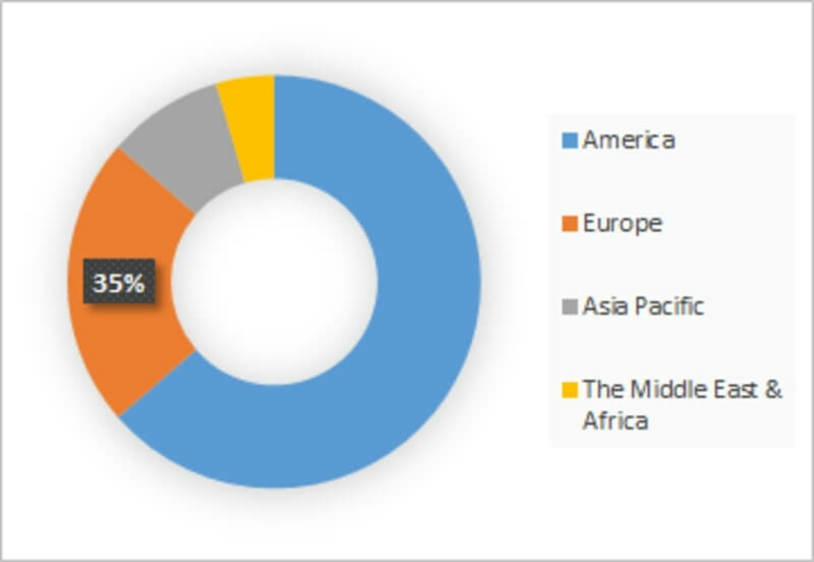

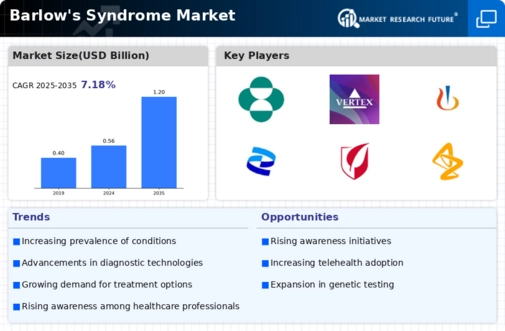
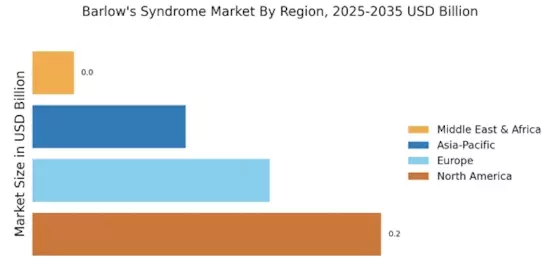
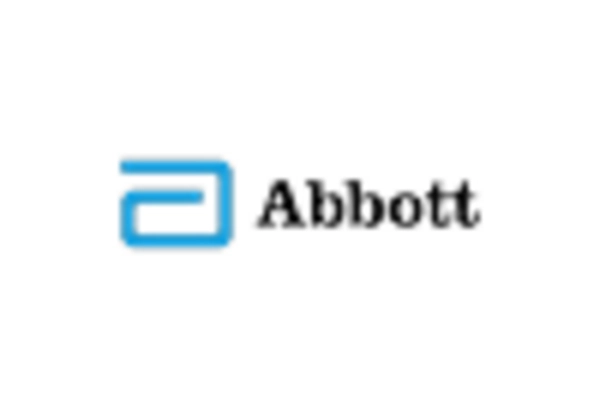
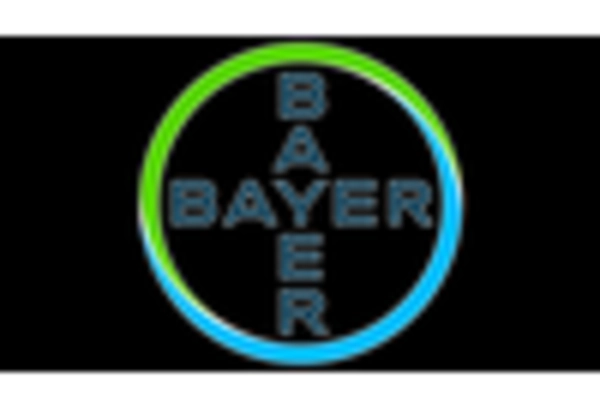
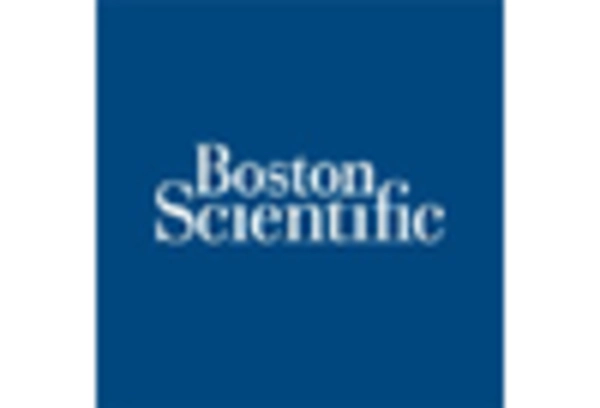
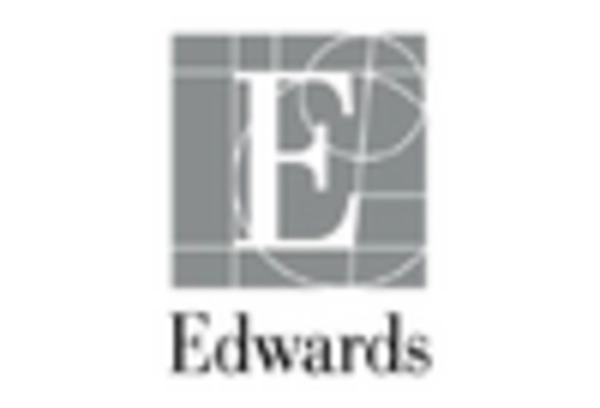
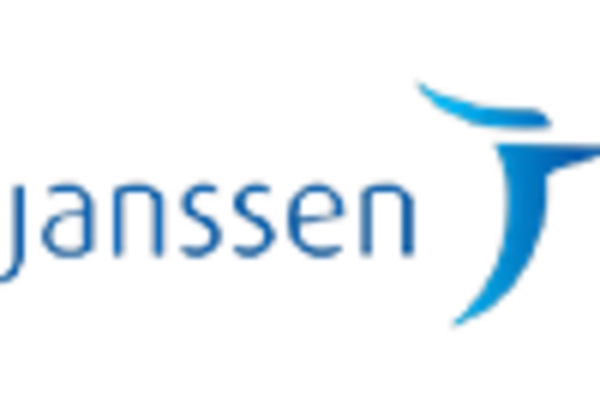
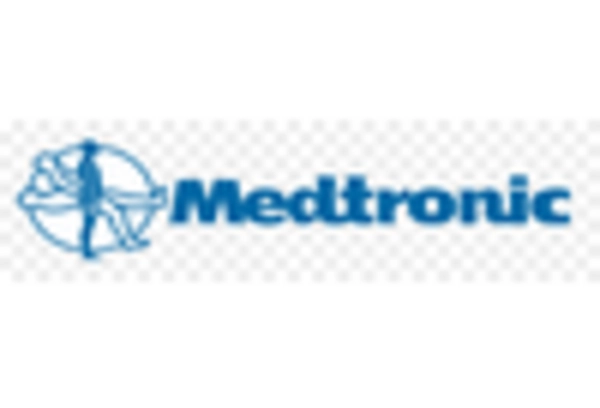








Leave a Comment